While we may be familiar with commonly found medicinal plants like aloe vera and lavender, there exists a wide array of rare medicinal plants around the world that hold tremendous potential in the field of traditional medicine. In this article, we will delve into some exceptional and lesser-known medicinal plants that warrant attention and exploration. 1. Amorphophallus titanum: Commonly known as the “Corpse flower,” Amorphophallus titanum is renowned for its gigantic size and unique characteristics. Native to the rainforests of Sumatra, this rare plant boasts a foul-smelling flower that only blooms once every several years.
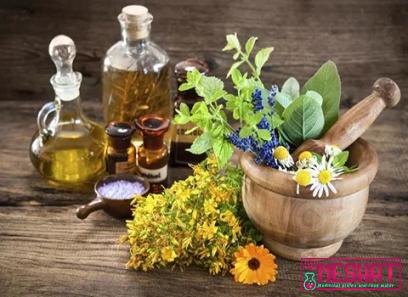
.
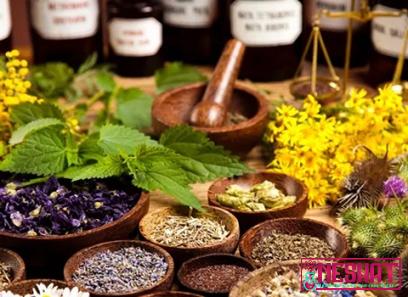 Although highly challenging to cultivate, studies have shown that Amorphophallus titanum contains useful compounds with antioxidant, anti-inflammatory, and anticancer properties. Its potential as a future therapeutic agent is truly awe-inspiring. 2. Rafflesia arnoldii: Rafflesia arnoldii, also known as the “Corpse Lily,” is the world’s largest flower and is native to the rainforests of Southeast Asia. Its distinctive appearance and repugnant odor attract pollinators, allowing this rare plant to propagate. However, it also possesses medicinal qualities. Traditional healers in Indonesia use Rafflesia arnoldii to treat various ailments, including dysentery and rheumatism. Exploring the constituents of this plant could yield innovative treatments and therapeutic discoveries.
Although highly challenging to cultivate, studies have shown that Amorphophallus titanum contains useful compounds with antioxidant, anti-inflammatory, and anticancer properties. Its potential as a future therapeutic agent is truly awe-inspiring. 2. Rafflesia arnoldii: Rafflesia arnoldii, also known as the “Corpse Lily,” is the world’s largest flower and is native to the rainforests of Southeast Asia. Its distinctive appearance and repugnant odor attract pollinators, allowing this rare plant to propagate. However, it also possesses medicinal qualities. Traditional healers in Indonesia use Rafflesia arnoldii to treat various ailments, including dysentery and rheumatism. Exploring the constituents of this plant could yield innovative treatments and therapeutic discoveries.
..
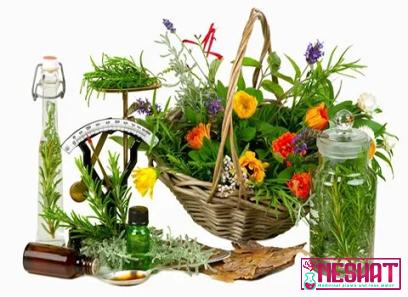 3. Nepenthes rajah: Nepenthes rajah, commonly called the “Rajah Brooke’s Pitcher Plant,” is a rare carnivorous plant found only in the mountains of Borneo. Known for its imposing size, this remarkable plant possesses pitcher-shaped traps filled with a digestive enzyme-rich fluid. While studying these pitcher plants may seem peculiar from a medicinal standpoint, researchers have identified various compounds with potential antibacterial and anticancer properties within these traps. The exploration of Nepenthes rajah’s medicinal potential holds promise for the future. 4. Artemisia annua: Native to Asia, Artemisia annua, commonly referred to as “Sweet wormwood,” is a perennial herb with feathery leaves and yellow flowers. This plant has gained attention in recent years for its remarkable medicinal properties. It contains a compound called artemisinin, which is used as a primary component in the treatment of malaria. The development of artemisinin-based combination therapies (ACTs) has revolutionized malaria treatment worldwide, making Artemisia annua a crucial plant in global healthcare efforts.
3. Nepenthes rajah: Nepenthes rajah, commonly called the “Rajah Brooke’s Pitcher Plant,” is a rare carnivorous plant found only in the mountains of Borneo. Known for its imposing size, this remarkable plant possesses pitcher-shaped traps filled with a digestive enzyme-rich fluid. While studying these pitcher plants may seem peculiar from a medicinal standpoint, researchers have identified various compounds with potential antibacterial and anticancer properties within these traps. The exploration of Nepenthes rajah’s medicinal potential holds promise for the future. 4. Artemisia annua: Native to Asia, Artemisia annua, commonly referred to as “Sweet wormwood,” is a perennial herb with feathery leaves and yellow flowers. This plant has gained attention in recent years for its remarkable medicinal properties. It contains a compound called artemisinin, which is used as a primary component in the treatment of malaria. The development of artemisinin-based combination therapies (ACTs) has revolutionized malaria treatment worldwide, making Artemisia annua a crucial plant in global healthcare efforts.
…
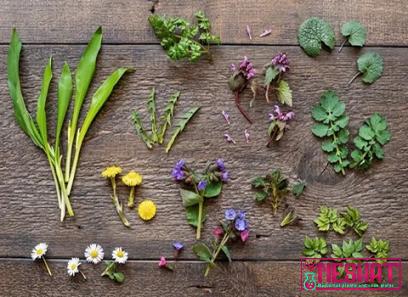 5. Hoodia gordonii: Hailing from the deserts of Southern Africa, Hoodia gordonii is a succulent plant known for its appetite-suppressing properties. Local tribes have traditionally used this plant to ward off hunger during long hunts. Researchers believe that Hoodia gordonii holds the potential for obesity management, as it contains a compound called P57, which may act on the brain to suppress appetite. Though further research is needed, this rare medicinal plant offers a glimmer of hope in the battle against obesity. Conclusion: The world is brimming with rare medicinal plants waiting to be discovered and explored. From the Corpse flower to the Rajah Brooke’s Pitcher Plant, and from Sweet wormwood to Hoodia gordonii, these unique botanical marvels offer vast possibilities for medicinal breakthroughs. Scientists, researchers, and traditional healers must continue their efforts to unlock the potential of these rare medicinal plants, ultimately benefiting humankind’s pursuit of enhanced well-being and alternative healthcare options.
5. Hoodia gordonii: Hailing from the deserts of Southern Africa, Hoodia gordonii is a succulent plant known for its appetite-suppressing properties. Local tribes have traditionally used this plant to ward off hunger during long hunts. Researchers believe that Hoodia gordonii holds the potential for obesity management, as it contains a compound called P57, which may act on the brain to suppress appetite. Though further research is needed, this rare medicinal plant offers a glimmer of hope in the battle against obesity. Conclusion: The world is brimming with rare medicinal plants waiting to be discovered and explored. From the Corpse flower to the Rajah Brooke’s Pitcher Plant, and from Sweet wormwood to Hoodia gordonii, these unique botanical marvels offer vast possibilities for medicinal breakthroughs. Scientists, researchers, and traditional healers must continue their efforts to unlock the potential of these rare medicinal plants, ultimately benefiting humankind’s pursuit of enhanced well-being and alternative healthcare options.
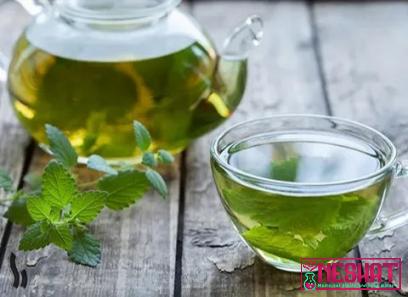
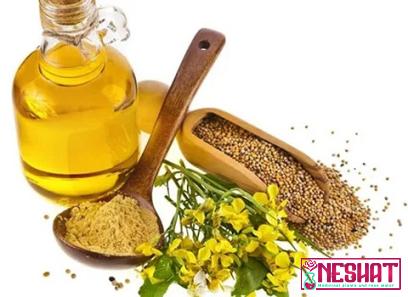
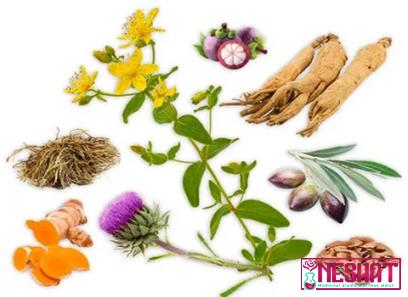
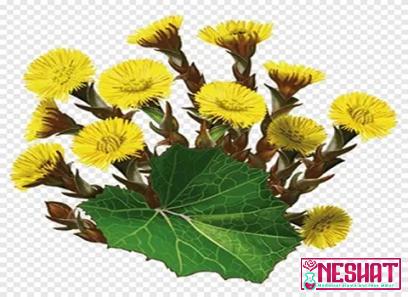
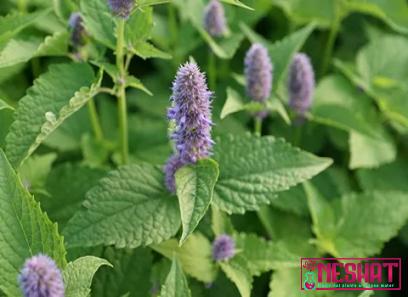
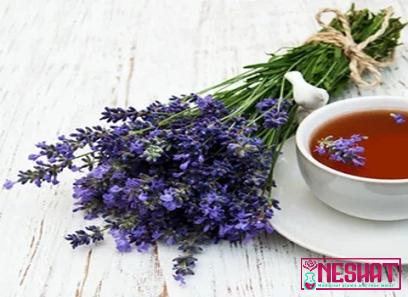
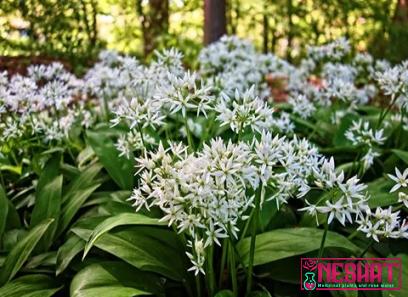
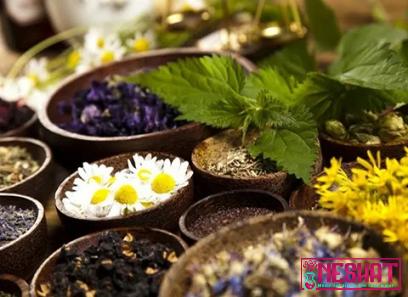
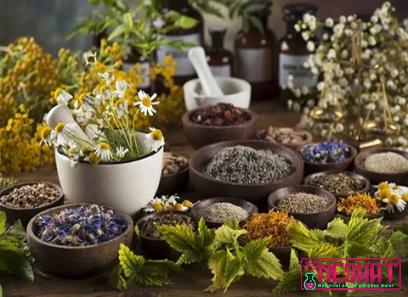
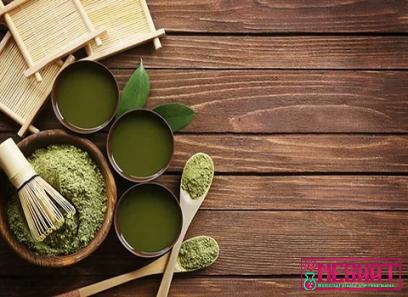
Your comment submitted.